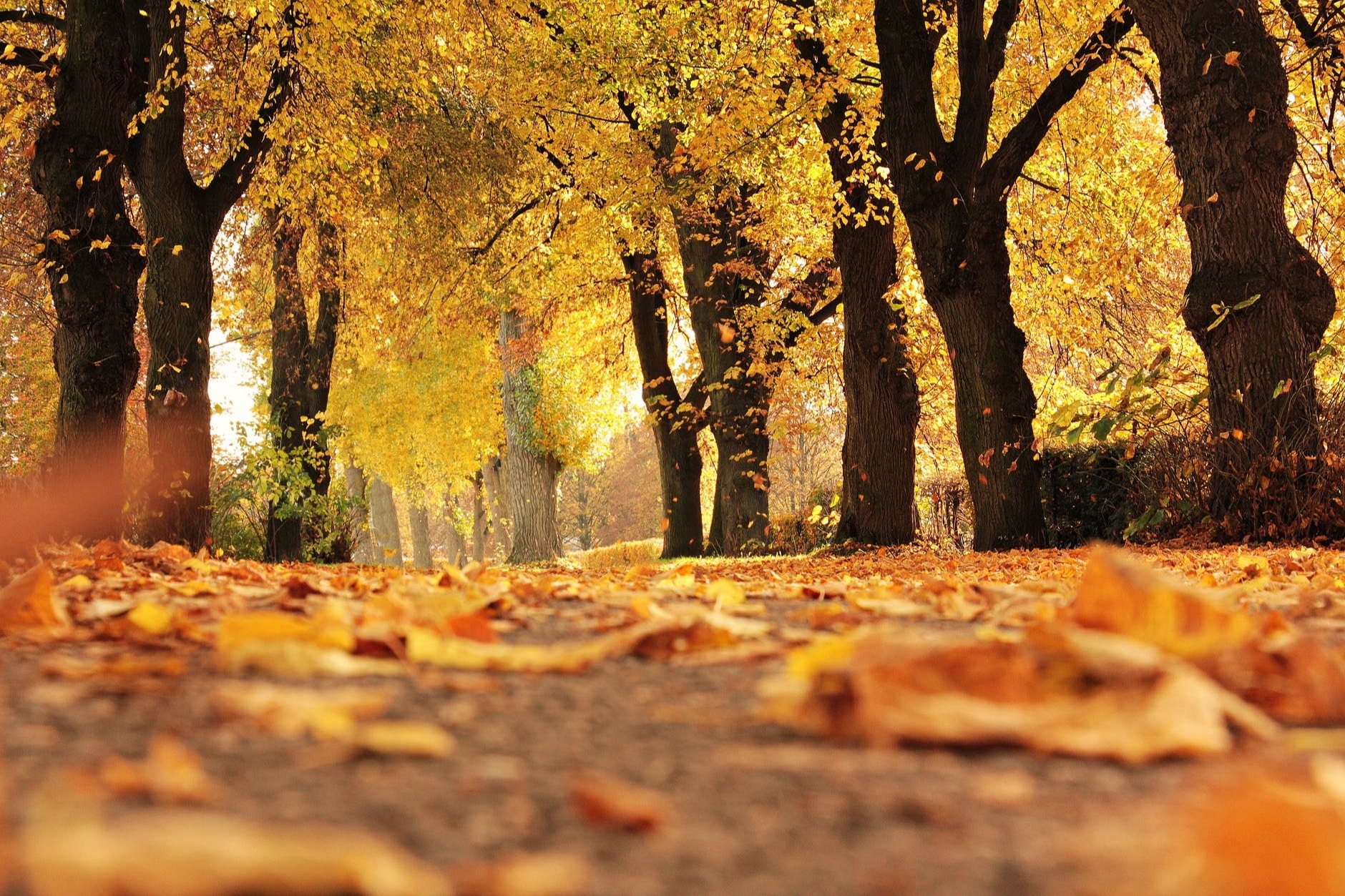The 5 Most Popular Trees for Front Range Homeowners
September 10, 2021
Fall is a great time to plant trees in the Denver area, and if you aren’t sure what kind you want to plant, here are some suggestions that are ideal for Colorado Front Range yards. Many landscapes and tree service professionals call these five trees “go tos” for this area.
1. American Hornbeam
These trees are known for the striking patterns they have on their bark. The textured bark resembles the well-developed muscles of an athlete, giving the tree the nickname “musclewood.” Leaf colors in the fall are a mix of yellow and red. With its beautiful bark, this tree has a particularly lovely appearance on the winter landscape. These trees have a moderate growth rate and grow to about 25 feet tall and wide. You should water these trees regularly for the first three years of their life; after it is established, the American Hornbeam can tolerate drought.
2. Russian Hawthorn
Russian Hawthorns is a great tree for this area because it is the most drought-tolerant tree on our list. These trees top out at 15 to 20 feet tall and wide when they are mature. They have an upright oval silhouette and slightly spreading lower branches. Their dark-green leaves turn yellow in the fall, and with white flowers in the late spring that mature into dark red berries later in the season, this tree is beautiful to look at all year long.
3. Bur Oak
The Bur Oak is the largest tree on our list, growing to an impressive 50 feet tall—and wide. These trees have a presence, to be sure, as well as a moderate growth rate. Their bark becomes more and more furrowed as the tree ages. Their leaves have the typical oak leaf silhouette and are a deep green color. The leaves of this cold-tolerant giant turn yellowish-brown in the fall.
4. Kentucky Coffee Tree
Native Americans and early settlers used the ripened seed pods of this beautiful and resilient tree as a coffee substitute—hence the name of this slow- to the moderate-growing tree. Reaching up to 50 feet tall at maturity, these trees have an almost tropical look to them because of the lance-shaped leaflets. The large pods make the tree quite interesting to look at during the winter months. These tough trees are quite drought-tolerant and grow well in a variety of soils, making them ideal for the “clay” soil found in the area.
5. Japanese Tree Lilac
Last but not least is the smallest tree on our list: the Japanese Tree Lilac. These beauties are taller than the typical lilac shrubs we are all familiar with, reaching 15 to 20 feet tall. Their creamy white flowers smell delicious, so plant these trees somewhere you can enjoy the intoxicating scent.
Contact a Denver Tree Service Company
If you are thinking about adding some trees to your landscape this fall, give Root Tree Service a call! We can help you decide on the best tree for your property, and we can provide tree services for the rest of the trees in your yard. Our family-owned and -operated company has been taking care of Front Range trees for years. Contact us today!
